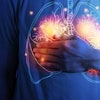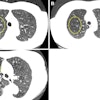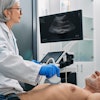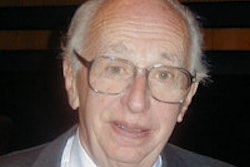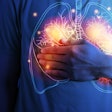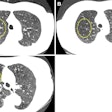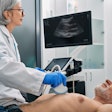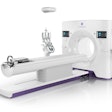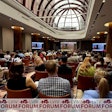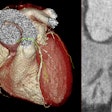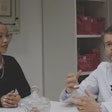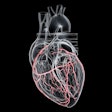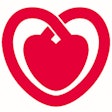Dear Cardiac Imaging Insider,
Patients with low heart rate can represent a major diagnostic challenge. To reduce motion artifacts caused by respiration, coronary CT angiography (CCTA) is usually performed during breath-holding, but this may not be possible in some cases.
Welcome news comes this month from Munich where researchers at Ludwig Maximilians University Hospital think that using a high-pitch scan mode in dual-source CT machines provides a neat solution. Find out more in your Cardiac Imaging Digital Community, or click here.
Another group from the same hospital has found that whole-body MRI can detect vascular changes in patients with diabetes, which may signal an increased risk of heart attack and stroke. Get the story here.
Dr. Robert Steiner, who died peacefully on 12 September, devoted his working life to cardiac and pulmonary radiology. He embodied the links between radiology and cardiology, according to Dr. Adrian Thomas, who worked with Steiner in the 1980s and has written a personal tribute to this pioneer. Click here to read it.
Important news about imaging was unveiled at the European Society of Cardiology (ESC) Congress 2013, and we were there to report it. As part of our onsite coverage from Amsterdam, we interviewed two leading cardiac imaging experts: Dr. Stephan Achenbach, from the University of Erlangen in Germany, and Dr. Richard Underwood, from Imperial College London. Click here for the Achenbach article, and click here for the Underwood interview.
We also have a round-up of the highlights and best photos from ESC 2013.
And last but not least, Italian researchers reported that use of CCTA does not increase the rate of subsequent invasive coronary angiography and does increase coronary revascularization in patients presenting to the emergency department with chest pain, while also saving money. Get that story here.
This is a small selection of the articles posted in the Cardiac Imaging Digital Community. Please check out the rest of them below.
